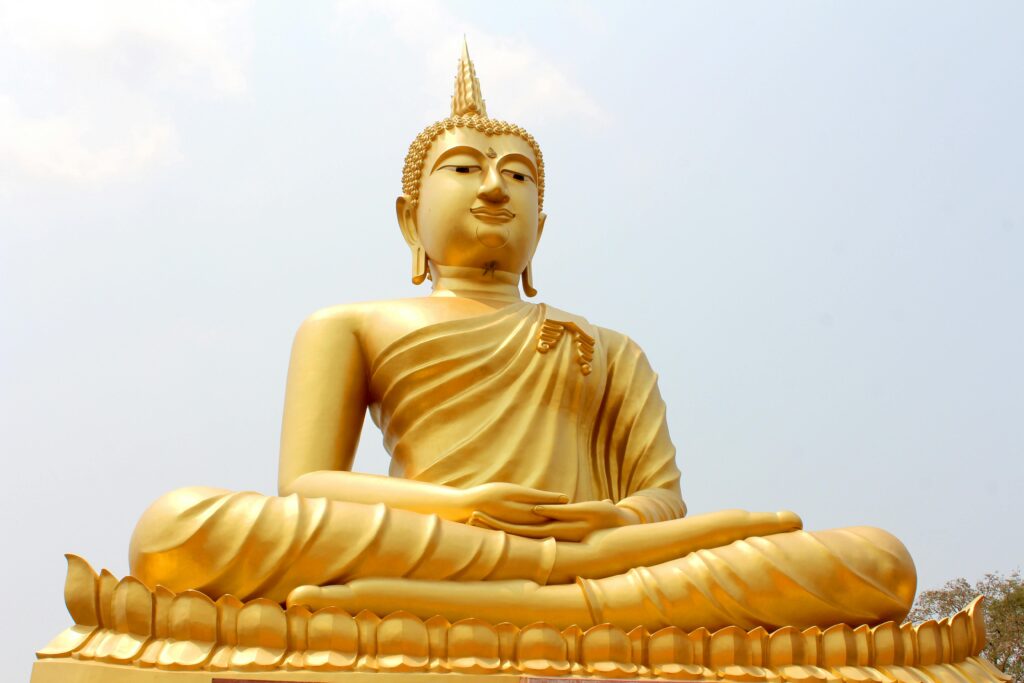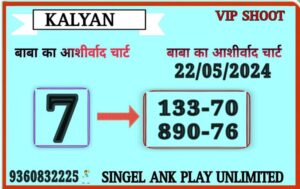
India is not only the birthplace of Buddhism—it’s also home to a vibrant calendar of spiritual celebrations that honor the life and teachings of Gautam Buddha. Buddhist Festivals in India offer a unique blend of devotion, culture, and community spirit. Whether you’re a pilgrim, a cultural enthusiast, or a curious traveler, these festivals provide a window into the soul of Buddhist tradition.
🧘♂️ Why Buddhist Festivals Matter
Buddhist festivals are more than rituals—they’re moments of reflection, gratitude, and collective joy. They commemorate key events in Buddha’s life, such as his birth, enlightenment, and teachings. These festivals also reinforce values like compassion, mindfulness, and non-violence, making them deeply relevant in today’s fast-paced world.
Buddhist Festivals in India are celebrated across monasteries, temples, and sacred sites, often accompanied by prayers, chants, processions, and community feasts.
🌕 Major Buddhist Festivals in India
Here’s a curated list of the most widely celebrated Buddhist festivals across India, each with its own significance and charm:
1. Buddha Purnima (Vesak)
- When: Full moon day in April or May
- Where: Bodh Gaya, Sarnath, Kushinagar, and across India
- Significance: Commemorates the birth, enlightenment, and Mahaparinirvana of Gautam Buddha
- Highlights:
- Prayer meetings and sermons
- Offerings of flowers, incense, and lamps
- Distribution of food and clothes to the needy
- Peace marches and cultural programs
Buddha Purnima is the most important Buddhist festival and draws thousands of devotees to sacred sites.
2. Losar (Tibetan New Year)
- When: February or March (based on lunar calendar)
- Where: Ladakh, Dharamshala, Sikkim, Arunachal Pradesh
- Significance: Marks the Tibetan New Year and the arrival of spring
- Highlights:
- Monastic rituals and masked dances
- Offerings to deities and spirits
- Family gatherings and traditional feasts
Losar is a colorful celebration that blends spirituality with cultural heritage.
3. Hemis Festival
- When: July
- Where: Hemis Monastery, Ladakh
- Significance: Celebrates the birth of Guru Padmasambhava, who introduced Buddhism to Tibet
- Highlights:
- Cham dances (masked performances)
- Giant thangka (Buddhist painting) unveiling
- Music, prayers, and local crafts
This two-day festival is one of Ladakh’s biggest cultural events and a major draw for tourists.
4. Ullambana (Ancestor’s Day)
- When: August or September
- Where: Monasteries across India, especially in Sikkim and Arunachal Pradesh
- Significance: Honors ancestors and departed souls
- Highlights:
- Offerings of food and prayers
- Rituals to relieve suffering of spirits
- Acts of charity and kindness
Ullambana reflects the Buddhist value of compassion beyond the living world.
5. Asalha Puja (Dhamma Day)
- When: July (full moon of Ashadha)
- Where: Bodh Gaya, Sarnath, and monasteries nationwide
- Significance: Marks Buddha’s first sermon at Sarnath
- Highlights:
- Recitation of the Dhammacakkappavattana Sutta
- Meditation and teachings
- Community service and offerings
This festival celebrates the beginning of Buddha’s teaching journey.
6. Kathina Ceremony
- When: October or November (end of monsoon retreat)
- Where: Monasteries across India
- Significance: Marks the end of Vassa (rainy season retreat) and celebrates generosity
- Highlights:
- Offering of robes and supplies to monks
- Merit-making rituals
- Community feasts and blessings
Kathina is a beautiful expression of gratitude and support for the monastic community.
🛕 Where to Experience Buddhist Festivals
India offers many sacred and scenic locations to witness these festivals:
- Bodh Gaya, Bihar: Epicenter of Buddha’s enlightenment
- Sarnath, Uttar Pradesh: Site of Buddha’s first sermon
- Kushinagar, Uttar Pradesh: Place of Buddha’s Mahaparinirvana
- Dharamshala, Himachal Pradesh: Seat of the Dalai Lama and Tibetan culture
- Tawang, Arunachal Pradesh: Home to India’s largest monastery
- Sikkim and Ladakh: Rich in Himalayan Buddhist traditions
These destinations combine spiritual depth with cultural vibrancy.
🎭 Rituals and Traditions
Buddhist Festivals in India are marked by:
- Chanting and Meditation: Recitation of sutras and group meditation sessions
- Offerings: Flowers, incense, lamps, and food offered at temples and stupas
- Monastic Ceremonies: Rituals led by monks, including blessings and teachings
- Masked Dances: Especially in Himalayan regions, symbolizing spiritual stories
- Community Service: Acts of kindness, charity, and feeding the poor
These rituals foster a sense of unity, mindfulness, and spiritual renewal.
🧘♀️ Wellness and Mindfulness Add-ons
Many Buddhist festivals now include wellness experiences:
- Yoga and Mindfulness Retreats: Held in Bodh Gaya, Dharamshala, and Sarnath
- Forest Meditation: Inspired by monastic practices
- Ayurveda and Healing: Available in Bihar, Himachal, and Karnataka
These add-ons help travelers reconnect with themselves and nature.
📅 Buddhist Festival Calendar (2025–26 Highlights)
| Festival | Date (2025–26) | Location Highlights |
| Buddha Purnima | May 12, 2026 | Bodh Gaya, Sarnath, Kushinagar |
| Losar | Feb 28, 2026 | Ladakh, Dharamshala, Sikkim |
| Hemis Festival | July 5–6, 2026 | Hemis Monastery, Ladakh |
| Ullambana | Sept 3, 2026 | Sikkim, Arunachal Pradesh |
| Asalha Puja | July 21, 2026 | Sarnath, Bodh Gaya |
| Kathina Ceremony | Nov 2, 2026 | Monasteries across India |
Sources:
🧳 Travel Tips
- Dress modestly and carry a shawl for temple visits
- Respect silence zones and photography rules
- Carry reusable bottles and avoid plastic
- Learn basic chants or mantras for deeper connection
- Book accommodations and permits in advance during peak seasons
Final Thoughts
Buddhist Festivals in India are more than cultural events—they’re spiritual celebrations that invite you to pause, reflect, and reconnect. Whether you’re meditating under the Bodhi Tree, watching masked dances in Ladakh, or offering prayers in Sarnath, every moment feels sacred. With curated itineraries, cultural depth, and spiritual resonance, these festivals promise a journey that transforms from the inside out.

